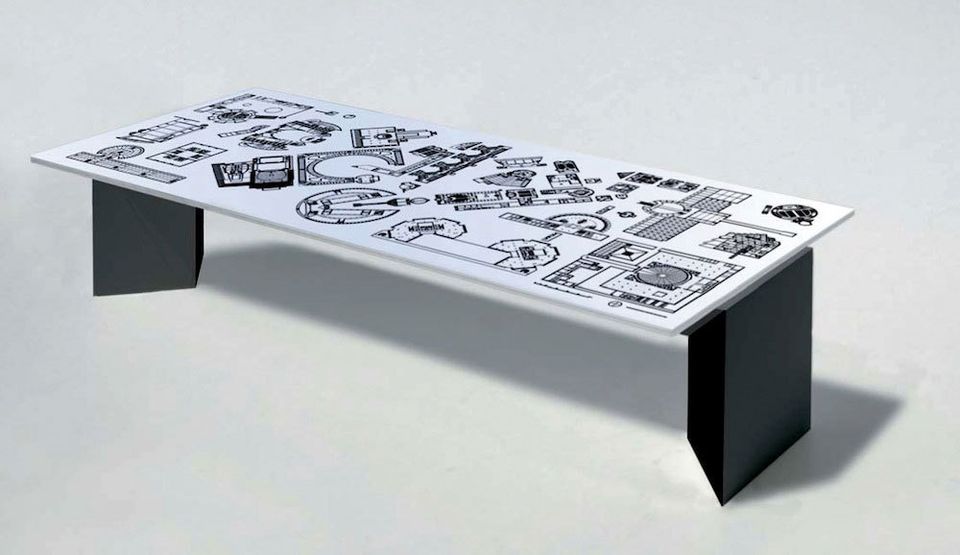Have you ever bought a piece of furniture, got it home and after living with it for a while realized that you'd made a mistake? In a week or a month or a year you realized that it was poorly designed or poorly crafted or just plain ugly?
That's because in most cases good design is subservient to the method of manufacture. Shape, size, material and joinery must adhere to established production practices. The result is often a compromised design that falls short of meeting our human needs.
Not so with the new furniture collection offered by Cleto Munari of Cleto Munari Design Associates in Vicenza, Italy. Munari shows us what happens when good design takes precedence; when top artists in the fields of poetry, painting, design and architecture are allowed to create without restraint. Munari's first collaborations were with Italian architects Carlo Scarpa, Ettore Sottsass and Alessandro Mendini. He's been exploring and expanding the boundaries of design and production for over 40 years, never losing his sense of exploration, curiosity and play.
I spoke with Alessandro Munari, Cleto Munari's nephew, a trained architect and the managing director of the company, about the idea of giving artists free reign. "We invited artists outside the world of furniture design to participate because they were not familiar with the typical production methods. That way they weren't inhibited by what can and can't be done."
"Doesn't that create production challenges?" I asked.
"That's exactly what we wanted to happen," Alessandro replied, "part of our intention was to push our craftspeople to find new ways to produce furniture."
"How did that work out?"
"Great," Alessandro said, "we developed new manufacturing techniques that allowed us to be true to the artists' intentions while maintaining very high quality production standards. The finished pieces are not only aesthetically pleasing but highly functional."
One example that illustrates (see slide number one above) the essence of the Munari collection is a table by architect, Mario Botta, titled, Il Ponte. He describes his approach this way: "Although they spring from two different designs, I interpret the pieces of furniture as architecture on a smaller scale: they are small architectures. The composition principle based on primary volumes recurs for both the furniture and the buildings."
A system of laminated glass creates both the illumination and protection of Botta's architectural drawings of churches that cover the surface of his table.
It is perhaps only a design impresario like Cleto Munari who, with equal respect for the artist and the craftsperson, would encourage thrusting swords from Mimmo Paladino, swaying cabinetry from Alessandro Munari, and a poem etched in its entirety from Mark Strand, all produced in limited editions in Italy.
When you view Botta's work and that of the other architects, poets and artists contributing to this collection, (being exhibited in New York at GD Cucine, 227 West 17th St. New York, NY #646.786.0005) a simple truth emerges; really good design works not only on a purely utilitarian level but also provides us with an aesthetically pleasing experience. It meets our everyday needs as it feeds our souls.
And shouldn't that be an essential part of everyone's life?
Darby Roach is a designer and a writer and heads up his own marketing agency, Orbit Direct. His most recent book, "Your Three Second Window," demystifies the design process by explaining why we like the things we like, how to see and think as a designer, and what each of us can do to introduce harmony into our lives through enhanced aesthetic experiences.
Find out more about Darby and see some of his design work at www.darbyroachportfolio.com.
You can follow Darby's adventures as he rides his bicycle around the world at www.bikearoundtheworld.typepad.com.
